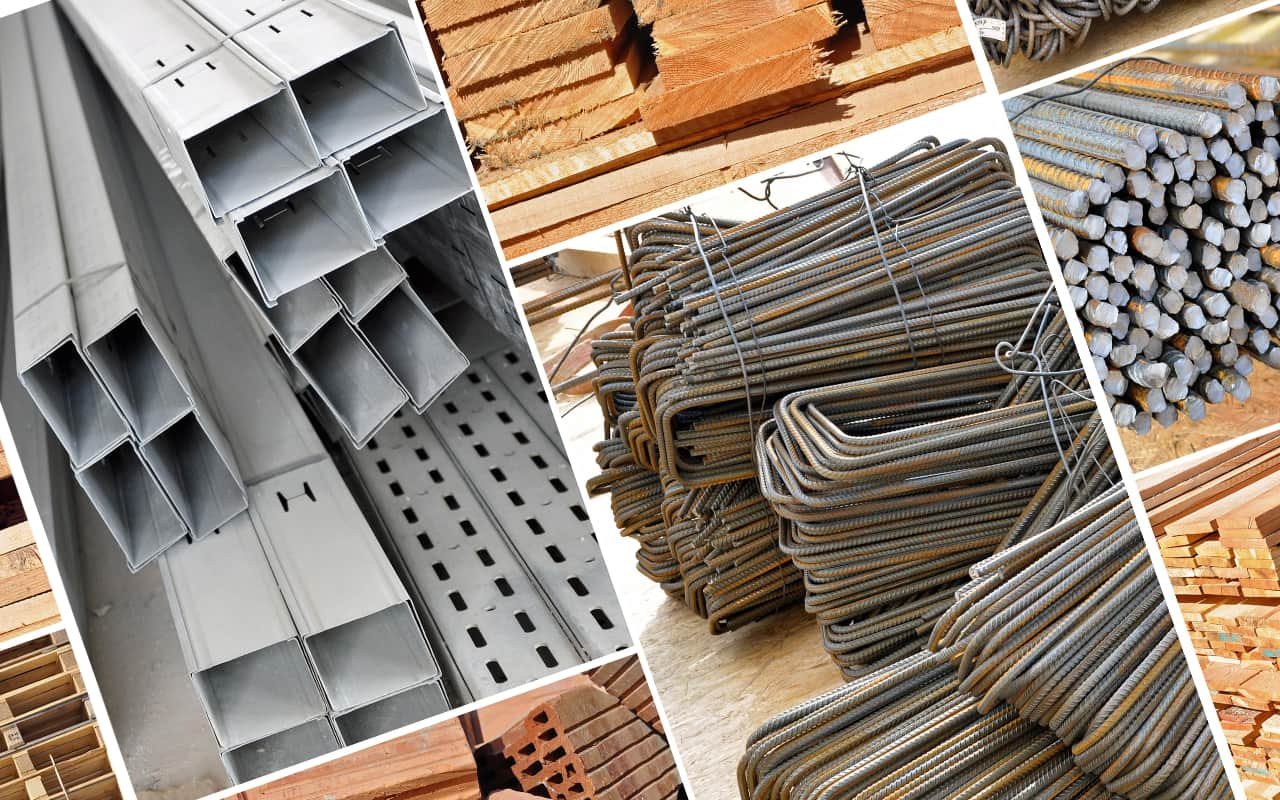Importing building materials from China has become an increasingly popular option for businesses and contractors worldwide. Known for its competitive pricing, diverse product range, and manufacturing expertise, China has established itself as a global leader in the construction materials market. However, navigating the import process can be challenging without the right knowledge. This guide will walk you through the essential steps to successfully import building materials from China while minimizing risks and maximizing efficiency.
Why Import Building Materials from China?
1. Cost Efficiency
One of the primary reasons businesses turn to China is the cost advantage. Chinese manufacturers often offer lower prices compared to domestic suppliers, owing to economies of scale, lower labor costs, and streamlined production processes.
2. Extensive Product Variety
From cement and steel to tiles, glass, and insulation materials, Chinese manufacturers produce an extensive range of building materials. This variety allows buyers to source everything they need from a single market, simplifying logistics.
3. Customizable Solutions
Many Chinese suppliers are open to customization, enabling businesses to tailor products to their specific needs. Whether it’s unique dimensions, finishes, or quality standards, manufacturers are often willing to accommodate requests.
4. Global Export Experience
China has decades of experience in exporting goods globally. Many suppliers are well-versed in international trade regulations and can assist buyers with documentation and compliance requirements.
Steps to Import Building Materials from China
1. Research and Identify Reliable Suppliers
The first step is to find trustworthy suppliers who can meet your quality and quantity requirements. Popular platforms like Alibaba, Made-in-China, and Global Sources are excellent starting points. When evaluating suppliers:
- Request product samples to assess quality.
- Check reviews and ratings from previous buyers.
- Verify certifications such as ISO or CE compliance for quality assurance.
Alternatively, attending trade fairs like the Canton Fair or China International Building Materials Expo can provide direct access to reputable manufacturers.
2. Understand Import Regulations in Your Country
Before placing an order, familiarize yourself with your country’s import regulations for building materials. Some materials may require specific certifications or meet safety standards before they can be imported. Common considerations include:
- Product testing requirements (e.g., fire resistance, durability).
- Environmental standards (e.g., eco-friendly certifications).
- Import licenses or permits specific to construction materials.
Consult with a customs broker or trade expert if you’re unsure about regulatory compliance.
3. Negotiate Terms with Suppliers
Once you’ve identified potential suppliers, negotiate key terms such as:
- Price: Ensure the quoted price includes all costs like packaging and labeling.
- Minimum Order Quantity (MOQ): Many suppliers have MOQs; negotiate if needed to align with your budget or project size.
- Payment Terms: Common options include bank transfers, Letters of Credit (LC), or escrow services for added security.
It’s also wise to discuss lead times and delivery schedules upfront to avoid delays during your construction project.
4. Arrange for Quality Control
Quality control is critical when importing building materials. Consider hiring a third-party inspection company to check the materials before shipment. Inspection services can verify:
- Product specifications and dimensions.
- Material strength and durability.
- Compliance with safety and environmental standards.
This step ensures that you receive products that meet your expectations and avoid costly returns or replacements.
5. Choose the Right Shipping Method
Shipping is a major component of the import process. Depending on the size and weight of your order, you can choose between:
- Sea Freight: The most cost-effective option for bulk orders but slower (typically 20–40 days).
- Air Freight: Faster but more expensive, suitable for smaller or urgent shipments.
Work with a freight forwarder to handle logistics, including customs clearance, warehousing, and delivery to your destination. Freight forwarders simplify the process by managing documentation such as the Bill of Lading (BOL) and packing lists on your behalf.
6. Calculate Total Costs
To avoid unexpected expenses, calculate the total cost of importing building materials accurately. Key components include:
- Product price (including customization fees).
- Shipping costs (freight charges, insurance).
- Import duties and taxes (based on your country’s tariff rates).
- Customs clearance fees and inspection charges.
Using tools like a landed cost calculator can help you estimate the final cost per unit and determine profitability.
7. Monitor Delivery and Post-Sale Support
Once your shipment is on its way, track its progress using the tracking details provided by your freight forwarder or supplier. Upon arrival, inspect the materials for any damage during transit. If you encounter issues with quality or quantity discrepancies, communicate promptly with your supplier to resolve them.
Tips for Successful Imports
- Build Long-Term Relationships: Establishing trust with reliable suppliers can lead to better pricing, priority service, and smoother transactions over time.
- Stay Updated on Trade Policies: Geopolitical changes or new trade agreements can impact tariffs and regulations, so stay informed about any policy updates that may affect your imports.
- Diversify Your Supplier Base: Avoid depending on a single supplier to mitigate risks like production delays or quality issues. Sourcing from multiple manufacturers ensures continuity in supply chains.
- Leverage Technology: Use digital tools like procurement software or supply chain management platforms to streamline the import process and track orders efficiently.
Conclusion
Importing building materials from China offers significant opportunities for cost savings and access to high-quality products. However, success depends on thorough research, careful planning, and attention to detail at every step of the process—from supplier selection to final delivery.
By following this guide and partnering with trusted suppliers and logistics professionals, you can navigate the complexities of international trade with confidence and ensure a seamless experience for your construction projects.
Ready to get started? Begin by identifying your material needs and researching potential suppliers today!






